Sunflower Red and Brown
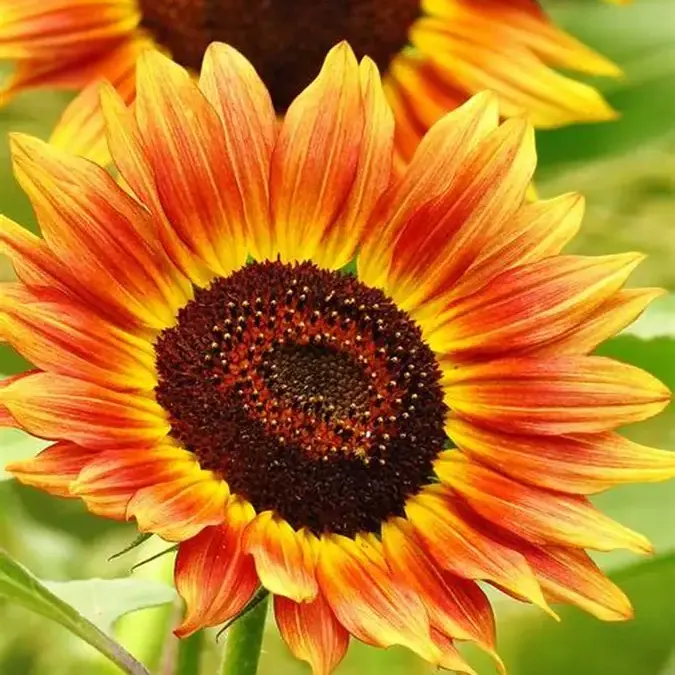

Sunflower Red and Brown
Product Price:
₹60.00 Original price was: ₹60.00.₹45.00Current price is: ₹45.00.
Pack of 20 Seeds
Everyday essentials can support a healthier planet. This choice reflects a commitment to natural balance, using fewer resources and encouraging long-term use. Ideal for anyone looking to live more lightly and protect what matters most—our shared environment.
Description
🌻 Sunflowers are more than just cheerful blooms—they’re botanical marvels with fascinating biology, rich history, and diverse uses. Here’s a quick dive into what makes them so special:
🌞 What Is a Sunflower?
- Scientific name: Helianthus annuus
- Family: Asteraceae (daisy family)
- Type: Annual flowering plant
- Origin: Native to North and South America
- Height: Typically 1.5–3.5 meters; record height is 9.17 meters!
🌼 Anatomy & Growth
- Flower head: Composed of hundreds of tiny florets arranged in spirals following the golden angle (137.5°), often forming Fibonacci patterns.
- Ray florets: The outer “petals”—usually yellow, sometimes red or orange.
- Disk florets: The central part—matures into seeds.
- Heliotropism: Young sunflowers track the sun across the sky; mature ones face east permanently.
🌱 Uses & Benefits
- Edible seeds: Eaten raw, roasted, or used in sunflower butter.
- Sunflower oil: Popular for cooking; high in unsaturated fats.
- Animal feed: Seeds and oil cake used for livestock and bird food.
- Biofuel: Oil can be converted into biodiesel.
- Environmental cleanup
Related products
-
Sale!
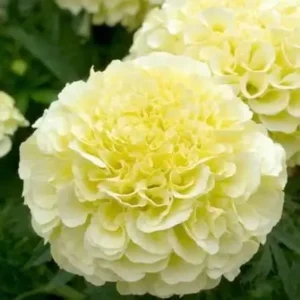
African Marigold vanilla White
₹60.00Original price was: ₹60.00.₹45.00Current price is: ₹45.00. Add to cart -
Sale!

African Marigold White
₹60.00Original price was: ₹60.00.₹45.00Current price is: ₹45.00. Add to cart -
Sale!
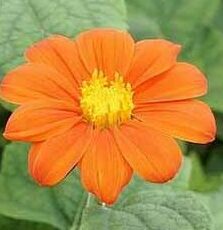
Tithonia Orange
₹60.00Original price was: ₹60.00.₹45.00Current price is: ₹45.00. Add to cart -
Sale!

Zinnia 7 Color Mix
₹130.00Original price was: ₹130.00.₹100.00Current price is: ₹100.00. Add to cart -
Sale!
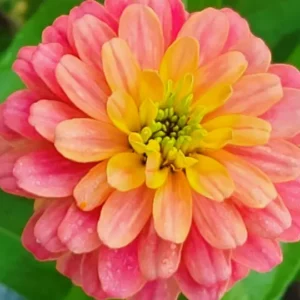
Zinnia Eldorado
₹60.00Original price was: ₹60.00.₹45.00Current price is: ₹45.00. Add to cart -
Sale!
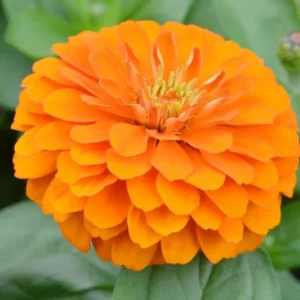
Zinnia Orange
₹60.00Original price was: ₹60.00.₹45.00Current price is: ₹45.00. Add to cart -
Sale!
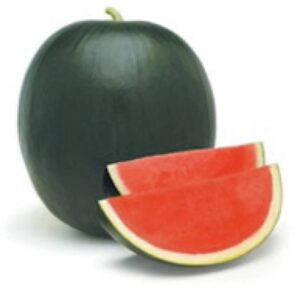
Water Melon Kiran Red
₹40.00Original price was: ₹40.00.₹30.00Current price is: ₹30.00. Add to cart -
Sale!
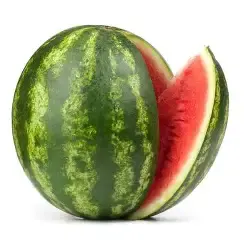
Water Melon
₹40.00Original price was: ₹40.00.₹30.00Current price is: ₹30.00. Add to cart -
Sale!
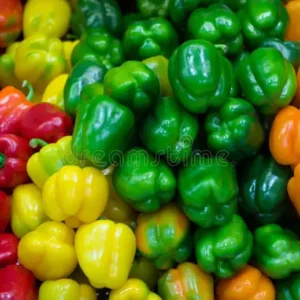
Capsicum 5 Color Mixed Seeds
₹130.00Original price was: ₹130.00.₹100.00Current price is: ₹100.00. Add to cart -
Sale!
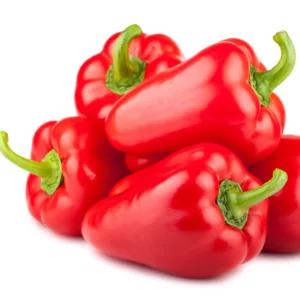
Capsicum Red
₹60.00Original price was: ₹60.00.₹45.00Current price is: ₹45.00. Add to cart

GOSHO.STORE is your go-to online destination for quality products, great deals, and a seamless shopping experience. From everyday essentials to exclusive finds, we bring convenience, value, and customer satisfaction to the forefront of online shopping. Shop smart. Shop easy.
Shop with GOSHO.
Reviews
There are no reviews yet.